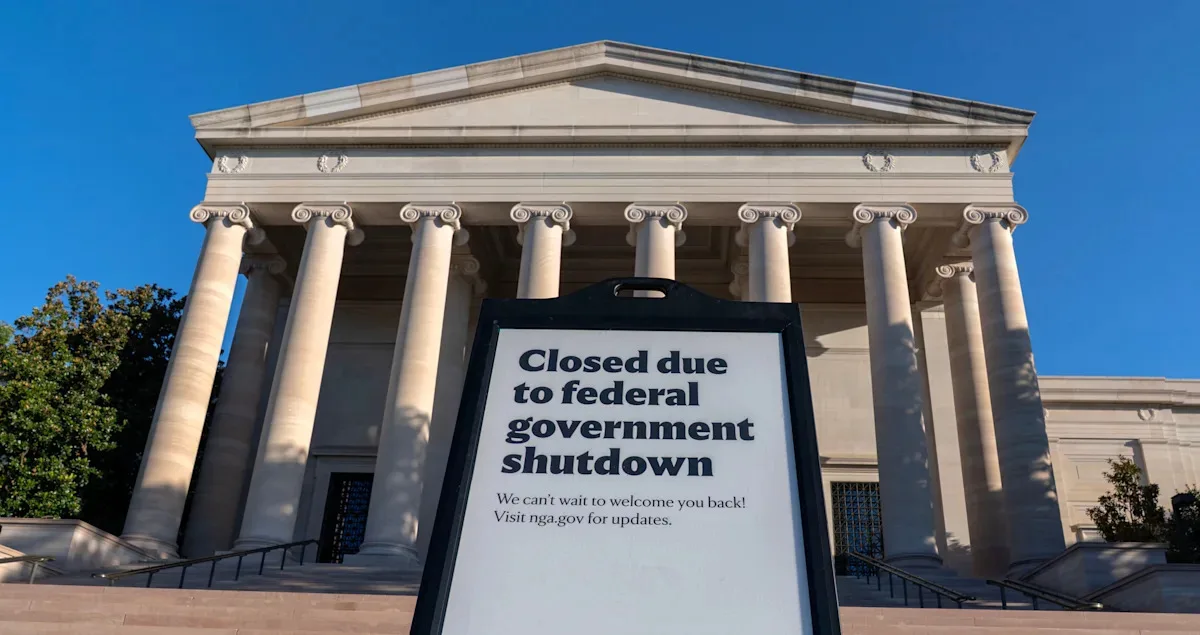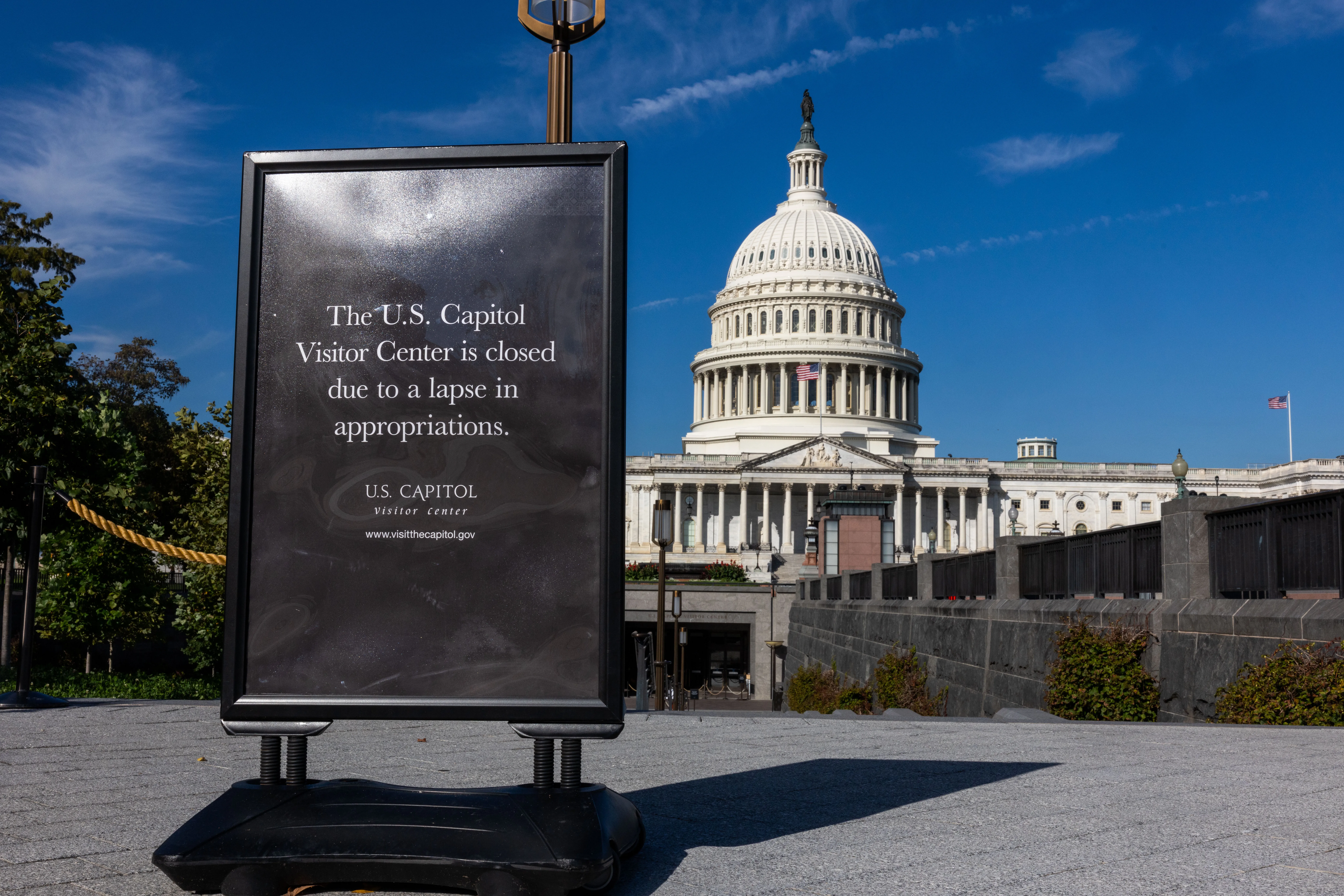The U.S. government shutdown has entered its sixth day with no clear resolution in sight. Congress remains deadlocked over a temporary funding bill, affecting millions of federal workers and threatening a prolonged closure of two to three weeks.

October 6, 2025

Source:
Yahoo
Shutdown Enters Second Week
The United States government is now in its sixth day of a partial shutdown, with no immediate end in sight as congressional leaders remain at a stark impasse. Expectations are growing in Washington that the shutdown could extend for several weeks.
The closure officially began at midnight on October 1, 2025, after lawmakers failed to approve a new funding package. Today, the Senate is expected to hold another vote on a stopgap funding measure, but it is widely anticipated to fail.
Legislative Stalemate
The core of the issue lies in the failed negotiations over a Continuing Resolution (CR), a temporary measure to keep the government funded. Key votes have already failed to advance in the Senate.
A Democrat-backed CR is scheduled for a vote today but is not expected to secure the required 60 votes.
Two previous attempts to pass a CR failed in the Senate on October 3.
The Republican-controlled House has signaled it will not resume negotiations until October 13, further delaying any potential resolution.
This legislative paralysis leaves the government in a state of uncertainty, with critical funding decisions on hold. For more information on legislative procedures, visit the official Congress website.
Keep up with the story. Subscribe to the PR+ free daily newsletter

Source:
Policy Disputes and Human Impact
The political standoff is centered on key policy disagreements, primarily related to healthcare. Senate Democrats have drawn a line in the sand, demanding the inclusion of a permanent extension of enhanced Affordable Care Act (ACA) tax credits in any funding bill.
These tax credits, set to expire at the year's end, affect millions of Americans' healthcare coverage. Republicans, however, have rejected this demand, leading to the current deadlock.
Federal Workforce in Limbo
The shutdown's most immediate impact is on the federal workforce. Approximately 2 million federal employees have their pay suspended.
This includes essential workers, such as military personnel and air traffic controllers, who must continue their duties without pay.
President Donald Trump has exacerbated concerns, stating that "mass layoffs of federal workers were underway right now."
This situation has created widespread financial anxiety among federal workers and their families. The White House has been providing updates, while federal agencies face operational uncertainty.
Read More

Source:
The New York Times
Share this news:




















